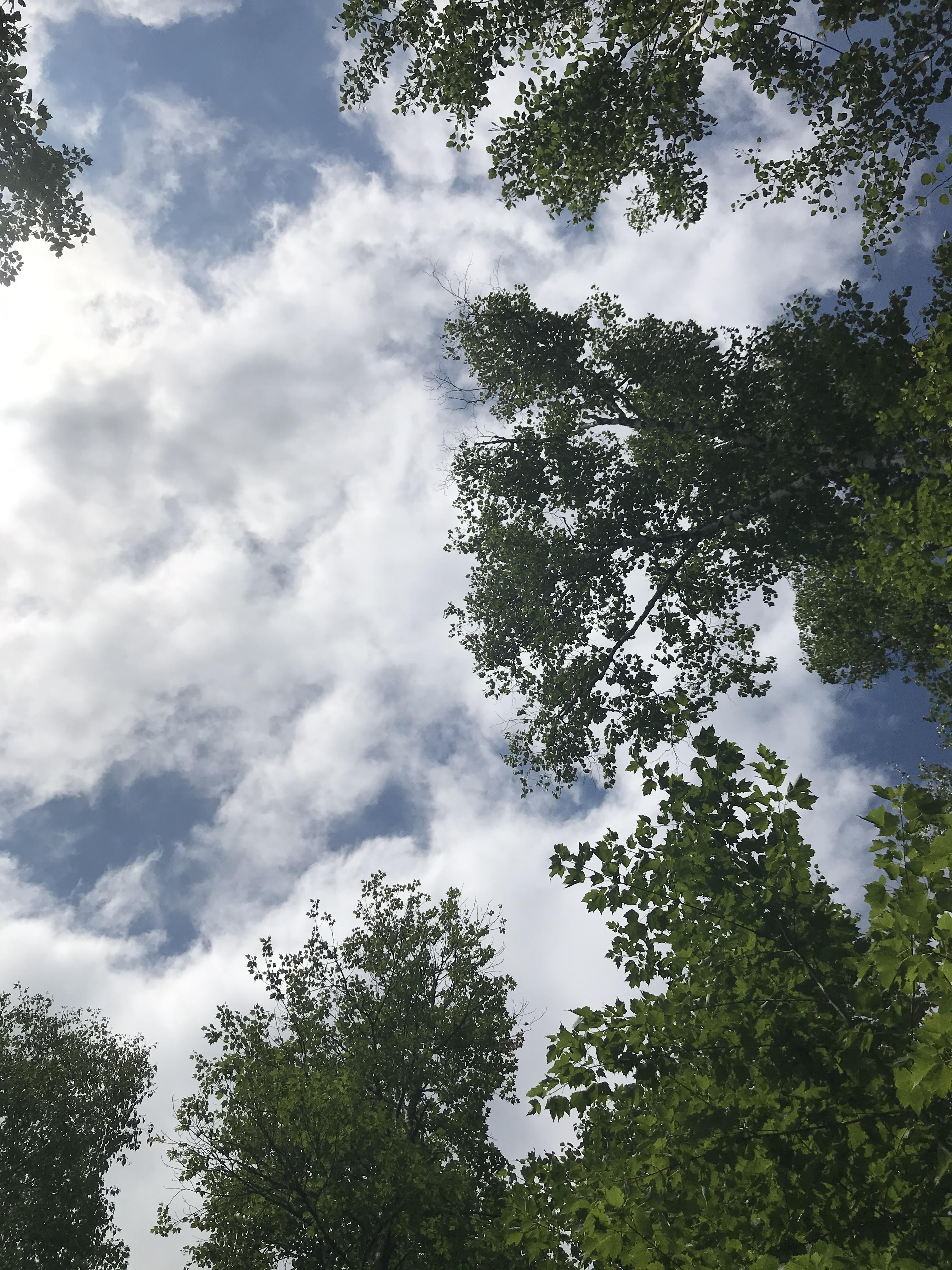
In the Northwest a hike in the forest usually means entering a heavy canopy of vegetation, only catching an occasional glimpse of the sky—perhaps an opening offered by a fallen tree. It is not uncommon to hike expectantly for hours to an outlook only to have the view shrouded by fog or clouds. Hiking in the Southwest is the opposite—it is big clear sky, usually with a constant 360-degree view. In the desert you are constantly exposed to the relentless rays of the sun unless you seek shelter in a narrow canyon. When you are up high you are overwhelmed by the vastness of the horizon and at times feel as though you can see the curvature of the earth. Every ecosystem has a different experiential frequency. It is always a delight to travel to a different part of our amazing country and explore the conditions that make particular area unique.
I recently visited the Iron Range in northern Minnesota and got the opportunity to spend time in the forest—a diverse ecosystem containing a spectacular mixture of conifer and deciduous trees. It was reminiscent of the forests I inhabited as a youngster in northeastern Iowa. I spent a good portion of my childhood in the woods building forts, damming up creeks, and running ziplines across ravines with my pals. I have not returned to Iowa for decades. Like most of my high school classmates, armed with an exceptional public education, I crossed the country in search of opportunity. I suspect I have at least one high school classmate in every state in the union. That trip to the Iron Range brought back a flood of memories. Memories of what it felt like to experience the woods intimately, to sense its subtle rhythms, feel its density, hear its unique vibrations and smell its distinct organic bouquet.
